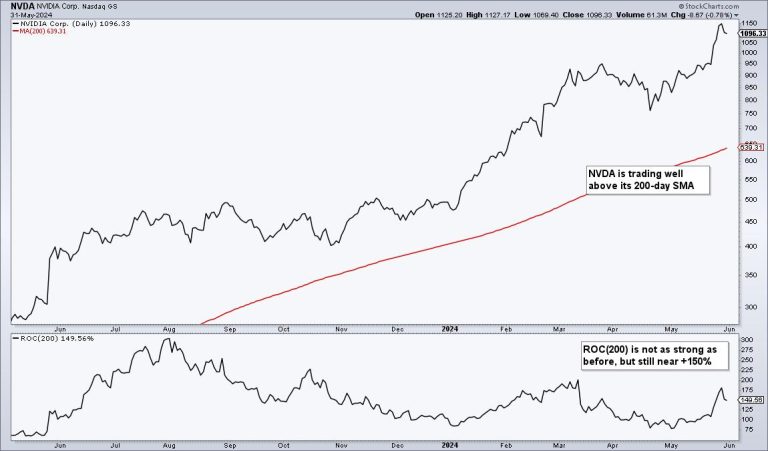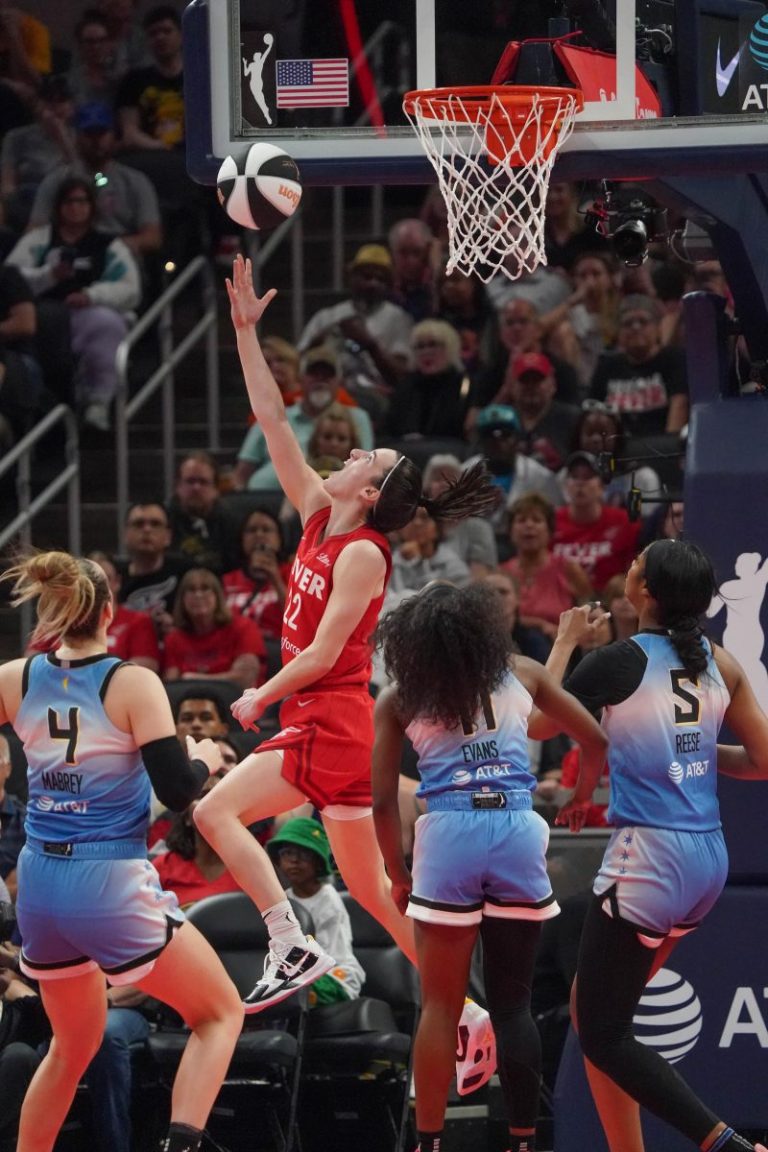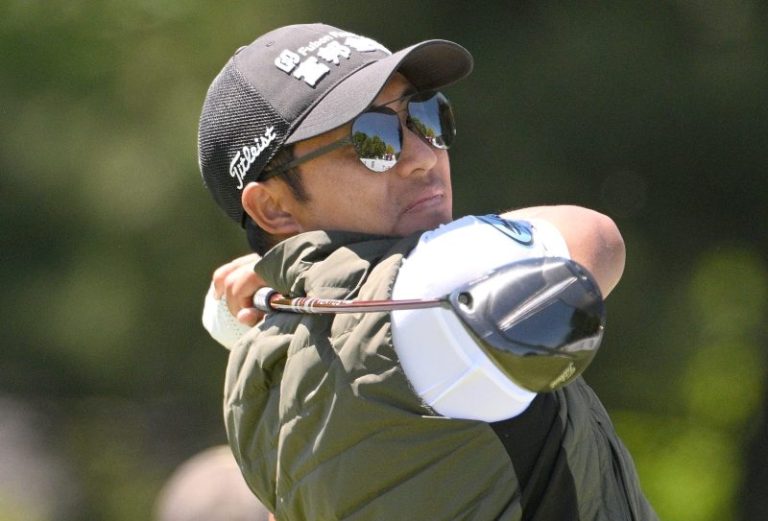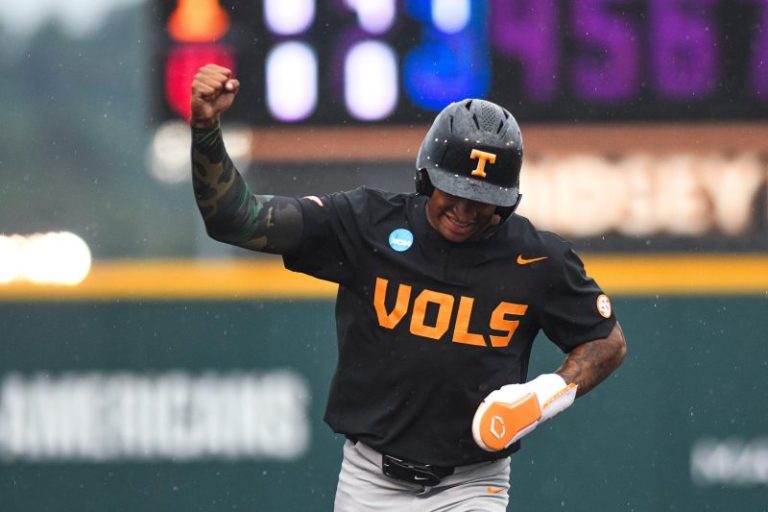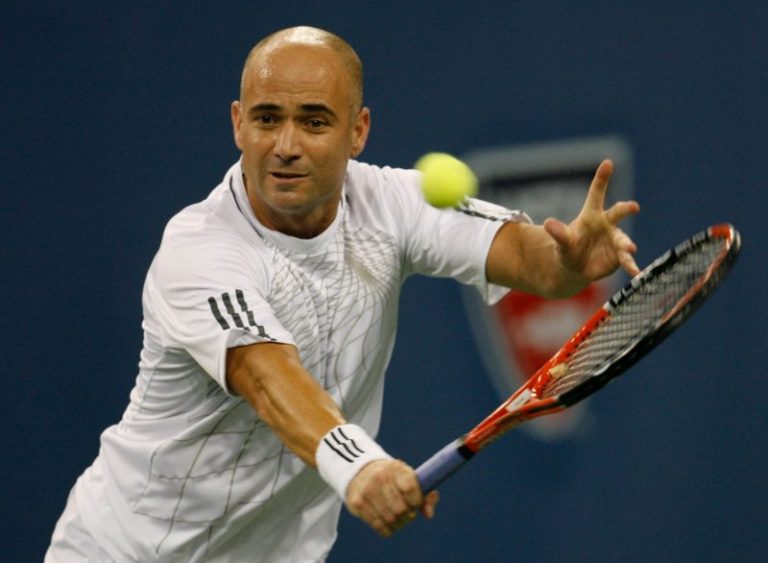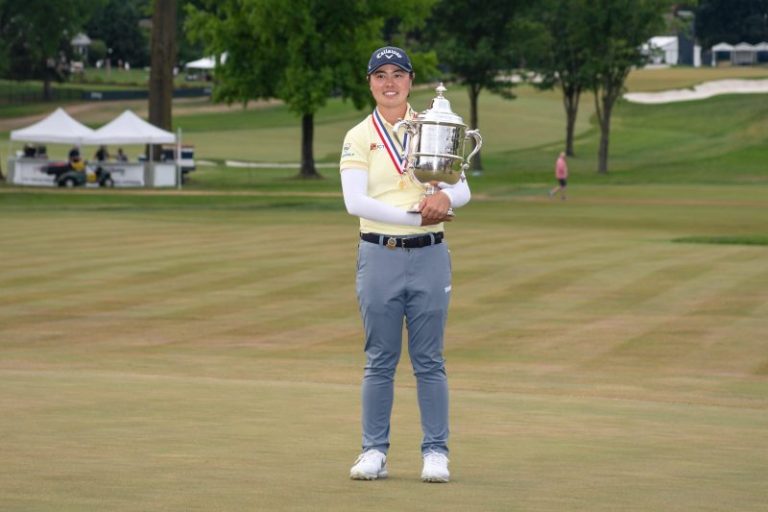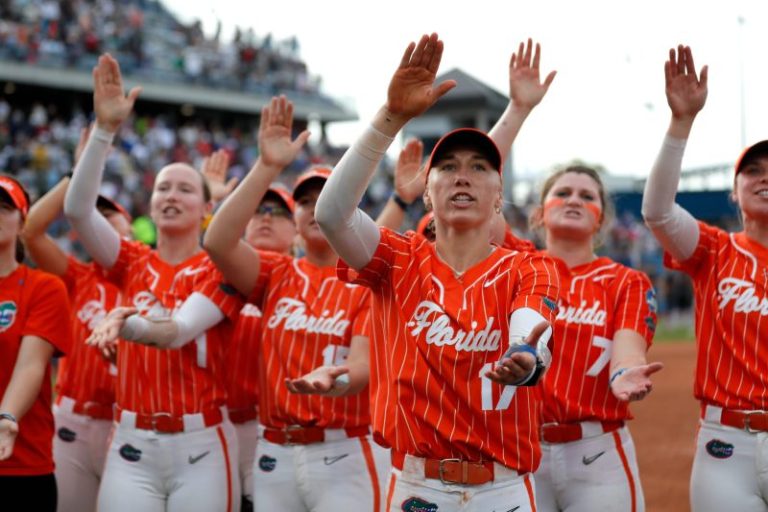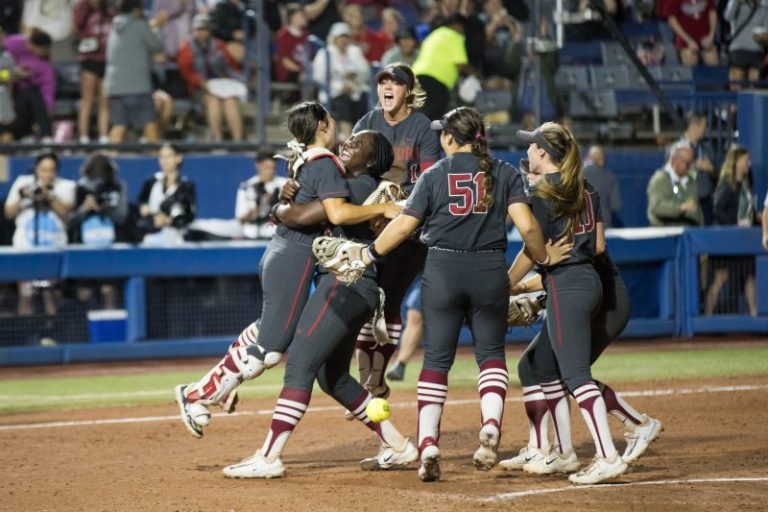As a boy, Andre Agassi hardly ever had a bad game.
His father, a former boxer and immigrant from Iran, saw an opportunity with tennis. He hadn’t quite made it to the highest levels of his sport, but was undeterred with Andre, whom he drilled relentlessly in the desert sun of Las Vegas.
Mike Agassi drove his youngest child all over Nevada, Arizona and California to compete. His son won almost every time his father entered him in the 10-and-under age bracket.
When the rare loss occurred, Agassi felt demoralized. He would slink into the car. His father would scold him for not doing what he had taught him. Or he might not say anything, his son drowning in the silence.
Our sons and daughters are likely not sports prodigies like Agassi was, but sometimes we treat them as such. We invest time and money in their athletic experience. When the game or the match has ended, and we are unhappy with the outcome of it, or with how our child played, we want to ‘correct’ the situation.
But before we speak, we need to consider the power our words will yield, especially if we pelt our children with criticism, or even just suggestions we consider constructive but are actually detrimental to their outlook on sports.
We think of Agassi as an eight-time Grand Slam winner. But long before that, he was a fragile kid who needed his dad to encourage him, and to understand him.
‘I’ve never questioned my father’s love,’ Agassi would write in his autobiography, Open. ‘I just wish it were softer, with more listening and less rage. In fact, I sometimes wish my father loved me less. Maybe then, he’d back off, let me make my own choices.’
The aftermath of a ‘bad’ game is an ideal moment for a parent to show empathy and support. It’s also a time that can push us farther away from them if we constant try to fix them.
‘What is the purpose of our relationship?’ says Ryan Maid, senior director of behavioral science for the Kansas City Royals. ‘Do children want coaches or do they want parents? And what is the role of a parent? I think it’s understanding those boundaries and having a clear understanding of how those boundaries play.’
USA TODAY Sports spoke with Maid and Laurel Williams, a child and adolescent psychiatrist with Baylor University College of Medicine, about steps we can take to handle that delicate space when our children are hurting after a game.
1. Your son or daughter has just played a game. Allow them (and yourself) time to cool off.
We get so caught up in our kids’ sports that we may not realize they are as upset about what just happened as we are.
Professional sports teams don’t allow the media to speak with their players until at least 10 minutes after a game. Your kid requires more time to decompress.
Whether you are a child, Navy Seal or major league baseball player (Maid has worked with all of them as a psychologist), your nervous system has to calm. Maid suggests allowing kids about 20 minutes before even bringing up the game.
You need to exhale, too. This is a period not to correct – and certainly not to punish – but to help them heal.
‘Hey, I’d like to talk to you about the game,’ you could ask. ‘When might be a good time?’
If they say don’t want to talk about it, wait a day. You are already empowering them with control of the situation, something Agassi never had.
2. Help them normalize failure, and the way they feel about it
As a boy, Agassi won a sportsmanship trophy at a tournament he didn’t win outright. His father smashed it in the parking lot, then he threw it in a dumpster.
In a dramatic way, his father was demonstrating to his son how he should feel after a loss, just as he showed him how to hit backhands.
Agassi points to a moment as a boy, after a defeat in a match he felt he should have won, in which his father’s feeling became his own.
‘I’ve internalized my father – his impatience, his perfectionisms, his rage – until his voice doesn’t just feel like my own, it is my own,’ he wrote. ‘I no longer need my father to torture me. From this day on, I can do it all myself.’
We can shape our kids’ sports experience by keeping it positive. We can ruin it by making it negative. Either way, we need to allow them to experience and accept failure.
‘How do we build resilience?’ Maid says. ‘It’s understanding that failing in life is normal, failing in sport is normal.’
We can also tell them the feelings they got from losing – mad, sad or embarrassed – are normal. But we don’t always have to ‘win’ to get something out of a game, or to feel something positive about being on a team.
Long before she became a psychiatrist, Williams walked onto the tennis team at USC. The coach let her become a manager. She wasn’t good enough to compete in matches, but she got to practice with the team every day. She was involved in something she enjoyed without facing the pressures the top six players did.
‘I had a pretty solid sense of who I was,’ she says. ‘I wasn’t gonna become a tennis star. But I liked it. And I wanted to stay involved in it. So the idea is like, being as good as you can be is usually what I tell people. Like, what’s the that best I can be at this? But I’m not only this. I’m these other things too.’
Coach Steve: 70% of kids drop out of youth sports by age 13. Why?
3. Remind them why they are playing sports: Because they love them
The young Agassi had a similar dalliance with soccer. He played three times a week as a boy. He loved the feeling of running up and down the field with the wind in his his hair, of calling for the ball and laughing with his teammates.
‘This feels right,’ he thought. ‘This feels like me.’
The moment Mike Agassi determined soccer was infringing on his son’s tennis, he pulled Andre off the field in the middle of a game. His father didn’t much care for amusement through sports. This wasn’t fun. It was business.
Agassi never had a chance to develop a love for tennis. With his father forcing it to play, and correcting his forehand and backhand, he grew to hate it. It was a feeling he carried with him throughout his career, despite his success. Tennis was just what he did.
If we are getting our kids into sports to be professionals, or even collegiate athletes, we miss the point. Only about 1 to 2% of high school athletes get an athletic scholarship to help pay for college. Instead of chasing one, stay in sports for the reason you got into them in the first place.
As part of his work with the Royals, Maid interviews hundreds of Royals prospects ever year. Why do they play? Most of them say it’s because they love it. Your kid should, too.
‘When we focus so much on the pressures associated with it, children lose sight of the love of the game,’ Maid says.
We can put pressure on our children when we constantly correct. Instead, reminding them of why they play sports is important when a game doesn’t go the way we had hoped it would.
Coach Steve: The joy of youth sports isn’t just from the results, UCLA coach says
4. When our child is insecure about something, we want to reinforce, not reassure
If we love sports, we can fully benefit from the lessons they provide: Giving your best; learning how to deal with conflict; how to be a good person and teammate; how to be coachable and confident in yourself; how to have a positive attitude; and yes, how to fail.
We can reinforce these core tenets of sports, as Maid calls them, after a tough loss.
‘You gave great effort today, son,’ you might say. ‘And that is fantastic. You didn’t win, but you played really hard. And that’s what life is sometimes, we can give our best efforts and sometimes the outcome doesn’t go our way.’
We can continue to reinforce those tenets before the next game:
To reinforce is to encourage growth and development through experience. It’s not the same as to reassure. To reassure can be to avoid. It’s can be to tell a kid he or she played well when maybe they didn’t, or to tell them they’re better than they are.
‘It’s actually through failures that we build our self esteem,’ Williams says. ‘It’s not through inflatingly saying you’re good at something, when maybe you’re not.’
Sometimes, in order to soften the feeling of failure, we give our kids a false sense of what happened, or who they are.
‘We don’t give them enough credit about what they know,’ Williams says. ‘We’re just hoping that if we say it enough times, it’s true. But they’re like, ‘I’m not as good as that person. I know it.’ And for you to keep saying that to me it actually erodes their trust in you. You’re lying about this. So what else are you not telling me the truth about?’
5. You don’t have to be a fixer. You can just be a listener.
‘Oftentimes children just want somebody to listen to them,’ Maid says. ‘This quote has always stuck with me: ‘Unsolicited advice is always implied criticism.’ Children who are learning to play a sport want parents to be supportive, and they want them to just process with them sometimes and just listen.’
‘One of the most important things that we do is listen non-judgmentally.’
Many of us take notes, physically or mentally, during games on how our kids can improve. Put those away after it’s over. You can drop your suggestions into more natural setting somewhere down the line when you are casually playing catch or shooting baskets.
At the moment, resist the urge to fix the situation and just hear what your kid has to say. Maybe he or she wants to tell you they want try a different sport after the season. Or maybe they just want to vent about what happened.
Either opportunity would have brightened young Andre Agassi’s heart.
Steve Borelli, aka Coach Steve, has been an editor and writer with USA TODAY since 1999. He spent 10 years coaching his two sons’ baseball and basketball teams. He and his wife, Colleen, are now sports parents for a high schooler and middle schooler. His column is posted weekly. For his past columns, click here.
This post appeared first on USA TODAY

